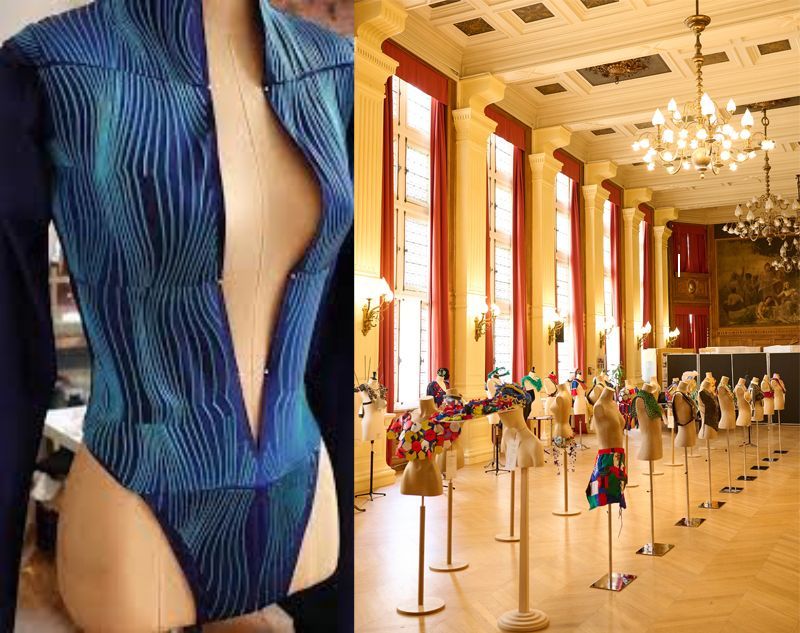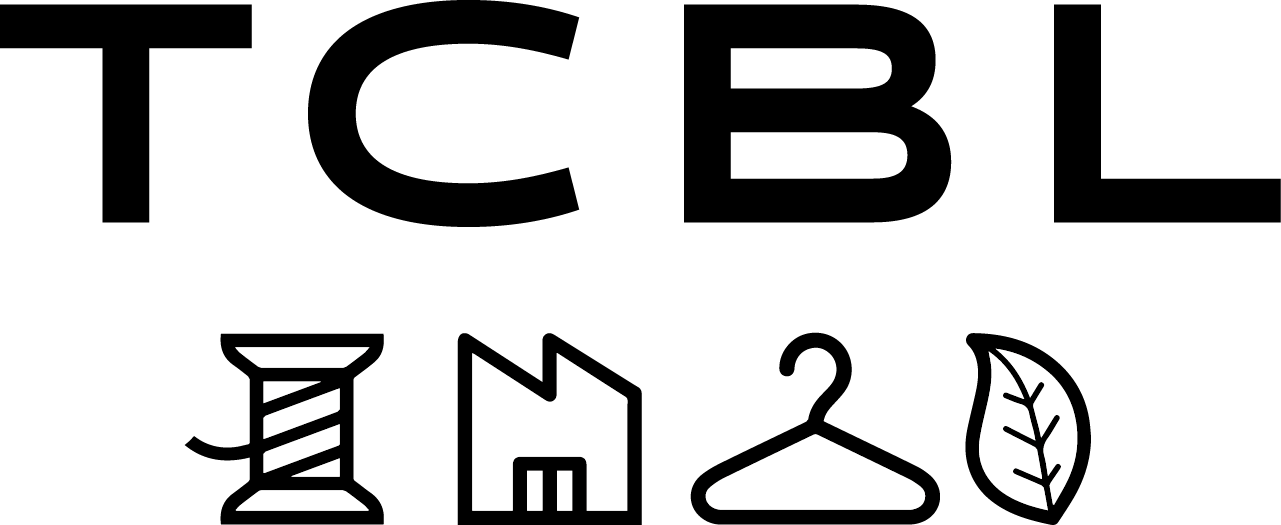
N° 2 6 N O V E M B E R 2 0 2 3
Your bonus for the month of November? We have put together two newsletters for you. This week, elements for reflection on the social issues underlying the sustainable transformation of the textile & clothing sector. And next week, our TCBL Days 2023 program that you can follow online and in November. Enjoy reading.
The editorial team
CREATION
Back-to-school Shemakes Club: pushing the boundaries of creativity
The Shemakes community meets several times a year to explore the fundamental links between gender and innovation in the service of the systemic transition of the textile & clothing sector. In this back-to-school session, Linette Manuel of Fabricademy presented her new Fashion Bootcamp which enables women (and men) to use emerging technologies to increase their creativity and Isabelle Quéhé / Valentine Lévy of Universal Love described the 2024 international challenge of Ethical Fashion Triathlon: use second-hand textiles or sports accessories to create fashion adornments – works of art – which will be exhibited alongside the 2024 Olympics.
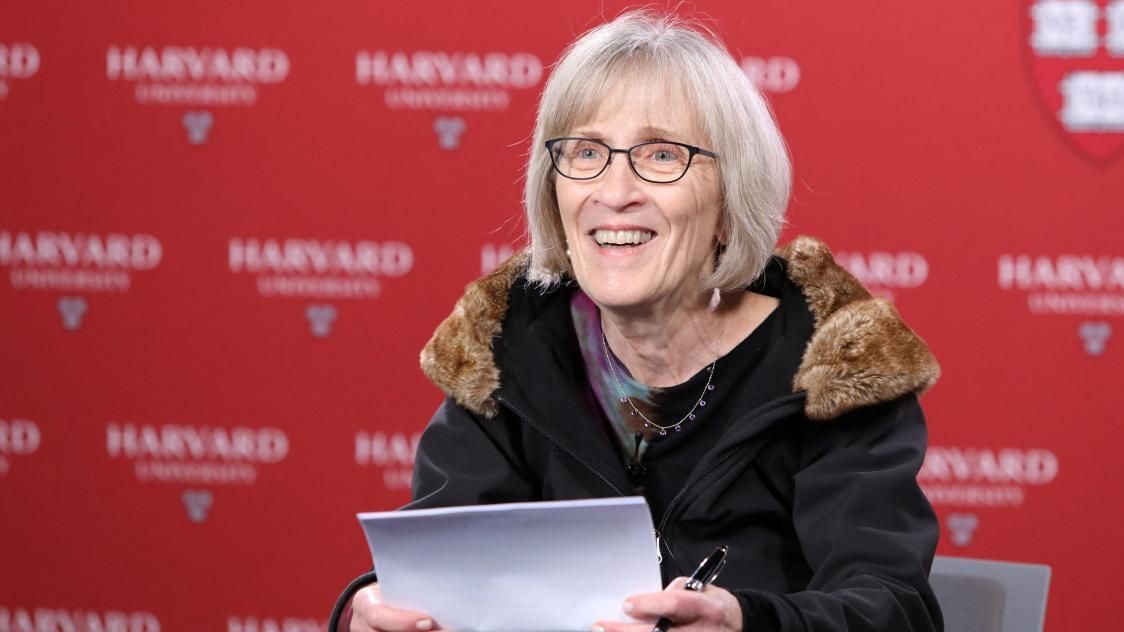
EQUALITY
Claudia Goldin, inspiring role model for the Shemakes research community
Claudia Goldin received the Nobel Prize in Economics for identifying the main factors explaining differences between women and men in the labor market. Among other results, it shows that: the “work rate” of women has always been significant – except that it has gone from invisible work (in an agricultural environment) to visible work (in an industrial environment); gaps in employment rates, salaries and training in innovation are mainly linked to the major role given to mothers in parenting. Food for thought!
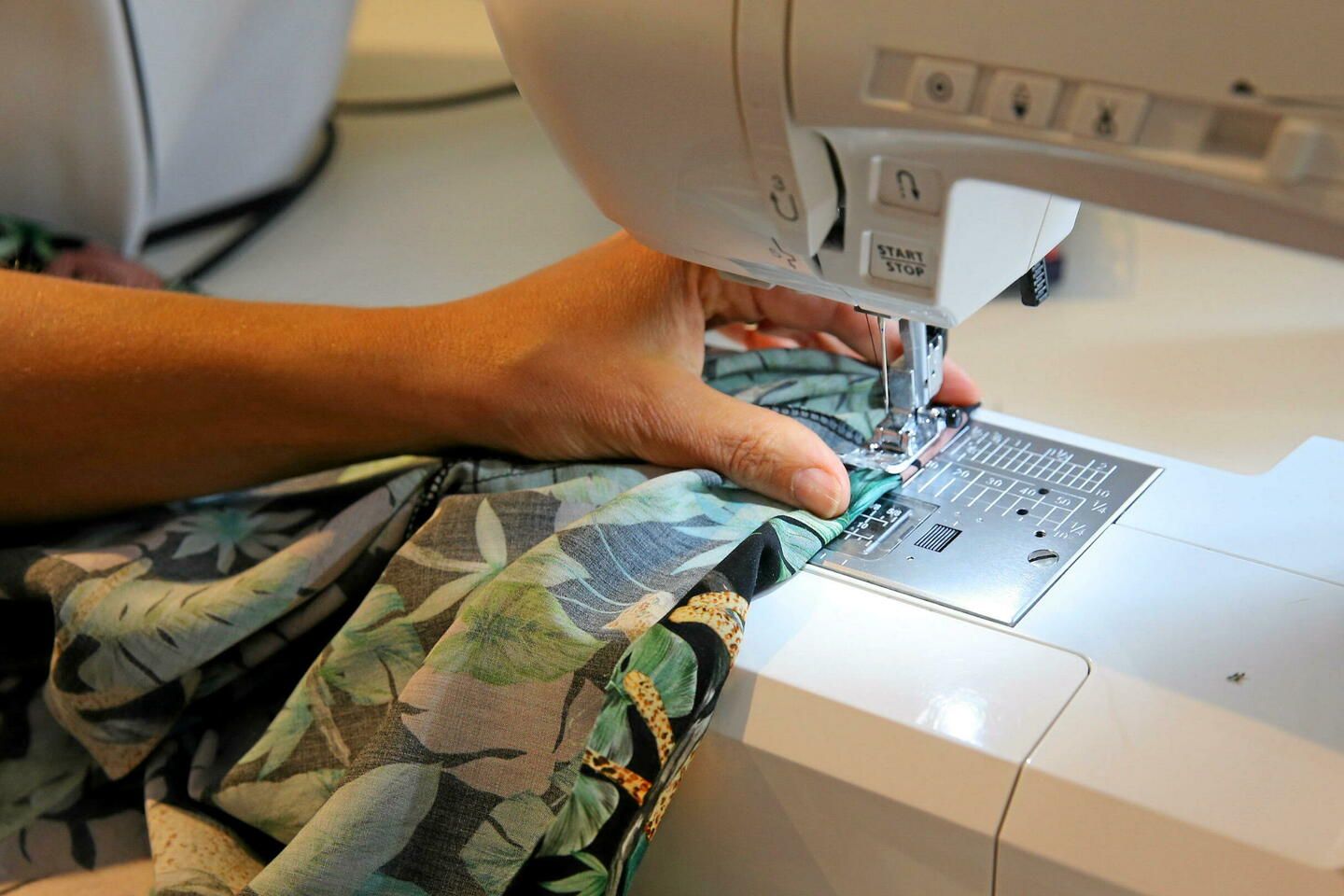
REPAIRABILITY
Spotlight on different models of repair
Clothes become stained, damaged, worn, torn, etc. To continue to wear them, it is possible to mend, replace a piece, reconstruct the garment or, more recently, to make the repair visible, eg use a stain as the central motif of an embroidery! Making your clothes last, yes, but under certain conditions: having a strong emotional value for their owner, or, as in the Japanese spirit of Visible Mending, be a concentrate of nourishing Nature, or even, as explored in the circularity of Herewear, represent a bio-regional heritage.

TRAINING
Developments in training engineering
Educational training solutions depend on the targets to be trained but also on the training objectives – development of knowledge rather academic or rather practical – solutions to respond to this – training limited in time and standardized or lifelong and personalized training – and their spatio-relational contexts. Will artificial intelligence algorithms profoundly modify these solutions? This is one of the research questions addressed in the Erasmus projects of which TCBL is a partner.
INNOVATIONS
Clare V: all brands can contribute to social justice, including small ones
Since 2008, the American designer has produced minimalist bags and accessories in bright colors according to a few principles: to last as long as possible, to minimize production scraps, to produce in Los Angeles and to reduce their carbon footprint. A brand whose commitment can serve as inspiration.
Make visible the work of tailors and seamstresses
It was the ambition of an artistic installation where sewing was done by machine with hands impregnated with paint, in order to highlight the importance, complexity and sensoriality of the way. Faced with the success encountered, Human Touch has turned into a recurring project.
The eternal Mara Hoffmann x Circ dress
In collaboration with Circ, the designer Mara Hoffmann designed a poppy red dress from a textile made from 50% recycled clothing (35 dresses were produced, at $1,200 each), The originality of the process Circ is to manufacture lyocell from poly-cottons (blends of cotton and polyester) with the aim of helping to achieve the objective of 40% recycled content in global production by 2050.
Medication pouches made from biosourced and compostable plastic
In the US, the pharmaceutical industry produces 195 billion plastic containers per year, 90% of which end up in landfills. Since 2020, the B Corp Cabinet Health offers recyclable packaging for all medication renewals. First tested in 700 points of sale, this system is now extended to mail order sales. An avenue for textile packaging?
INSPIRATIONS
Beyond growth? A very convincing questioning from Aurélien Barrau in the European Parliament
This day proposed to the European Parliament served as a reminder of how much more important it is to reflect on a systemic, responsible and collective vision of the future of humanity, within the framework of planetary limits which have already been largely exceeded, rather than continuing to work on the improvement of means, mainly technological, which would allow us to develop our addictions to overconsumption... a vision which would put humans at the center of these desirable futures and which the TCBL network, based on 7 principles and values, is close to. Video of Aurélien Barrau at the European Parliament "Beyond growth"
Upcycling? Awareness in Europe, a volume reality in Asia
Ecological awareness is growing rapidly in Asia! It corresponds to the expectations of a young generation (and worried about the future of the planet), is part of economies in strong competition with each other (to continue to operate internationally), or even "benefits » second-hand balls sent there. Read more
Predict, explore, imagine: foresight by scenarios
The bases of foresight were already outlined in the 1970s, based on structural factors including demography – e.g. share and relative growth of youth, conception and reality of work – the economy, e.g. internal vs. external growth, dependence on raw resources or not, glocalization cursor — or systemic challenges, e.g. climate, pandemics, digital and AI. Today, prospective scenarios mainly fall into three modes: exploring alternative solutions to increasingly salient problems; predict changes in issues based on weak signals; visualize desirable futures and possible scenarios to achieve them.
It is possible to buy less while retaining the pleasure of the purchase
Compulsive purchases of clothing are made possible by “small expenditure” offers (vs. the purchasing power of households): they constitute as much a pleasure as a guilt, all the more acute as the buyer feels guilty. negative impact of this overconsumption. Some tips to get out of the trap: schedule your shopping trips, try before you buy, rediscover the pleasure of waiting for an opportunity to give yourself a precious gift.
Read more
RENDEZ-VOUS
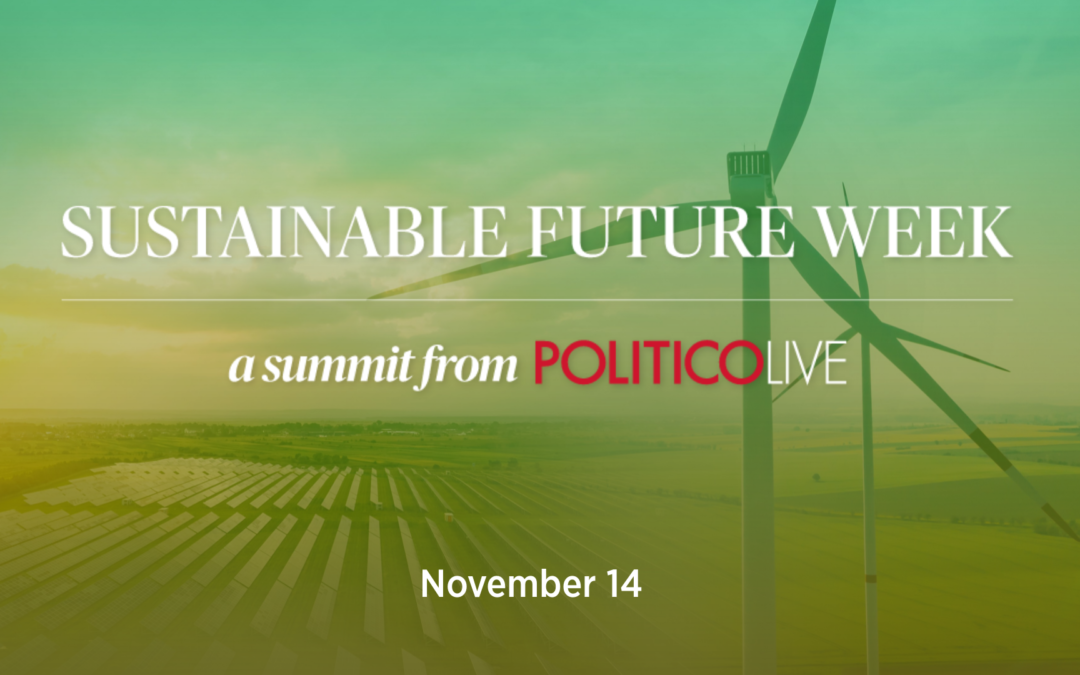
POLITICO Sustainable Future Week will take place from November 14 to 16, 2023 in Brussels
Enjoy a complete immersion in the heart of Europe to debate climate and energy policies
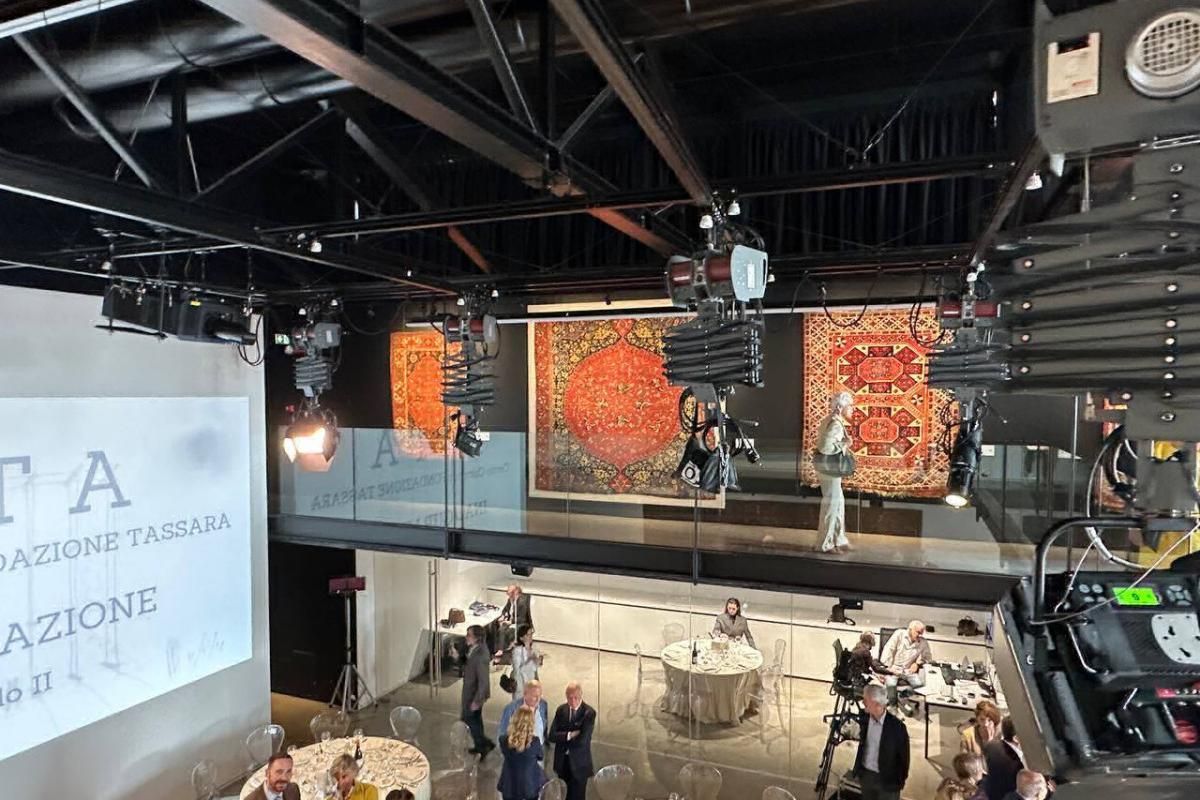
The MITA – Museo Internationale di Tappeto Antica – has just opened in Brescia
It is the largest collection in Europe of global carpets, from the 15th to the 19th centuries, that the Tassara Foundation wishes to protect, promote and use as a symbol of cultural diversity.

The table of 500 French companies in French Tech
In 2023, two families of criteria were used separately in the ranking, those linked to the degree of innovation and those linked to the degree of performance.

A new media on AI that does not forget humans, in a group already expert in informational robots.
Do you have questions or comments about the topics in this newsletter, or ideas about the textile industry? Do not hesitate to contact us :
contact@audasud.fr
Publication director: Frédérique Thureau
This newsletter is published by: Audasud
8 Avenue Victor Hugo, 34200 Sète - France
Copyright © 2023 Audasud
Add us to your address book



